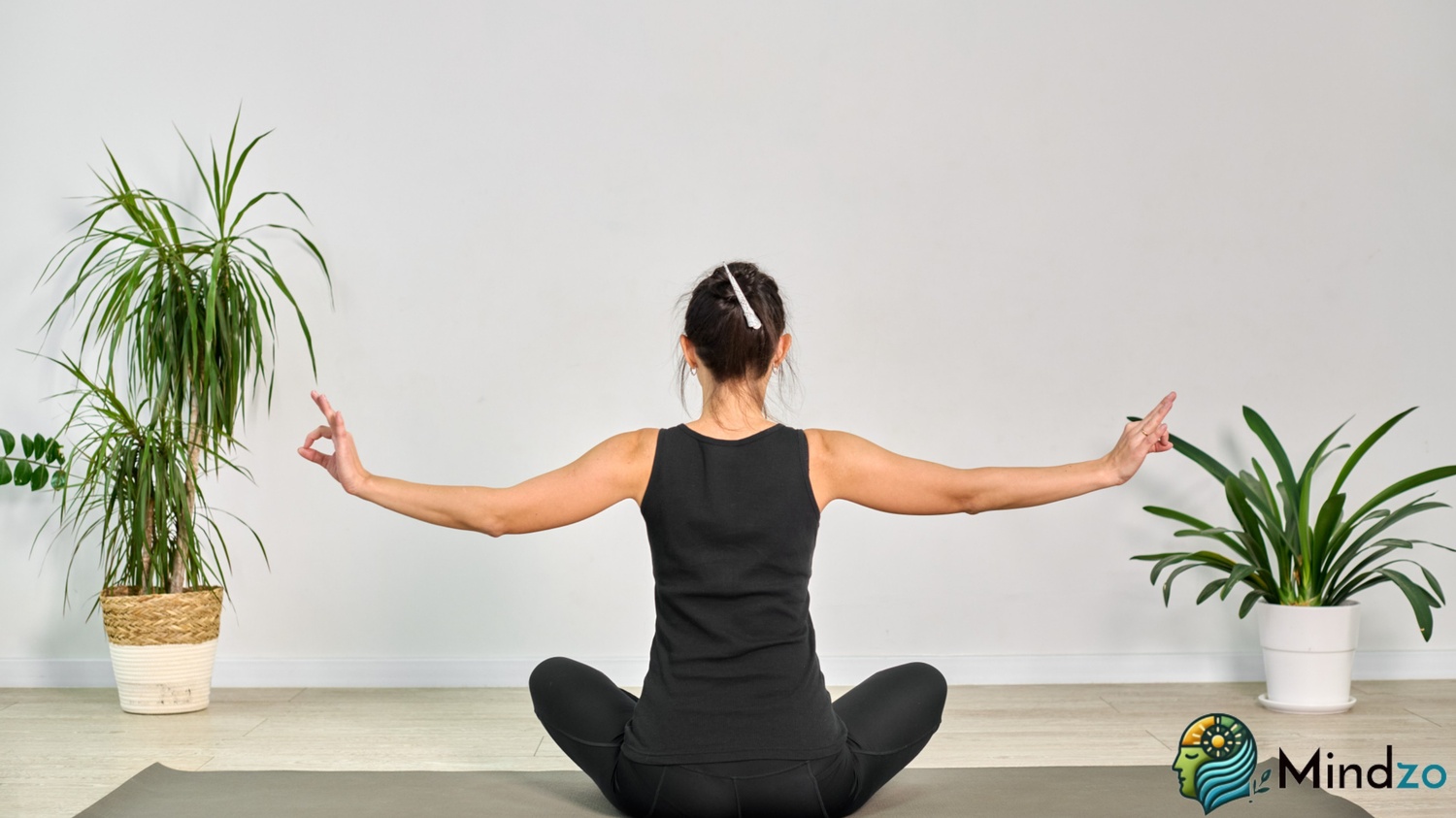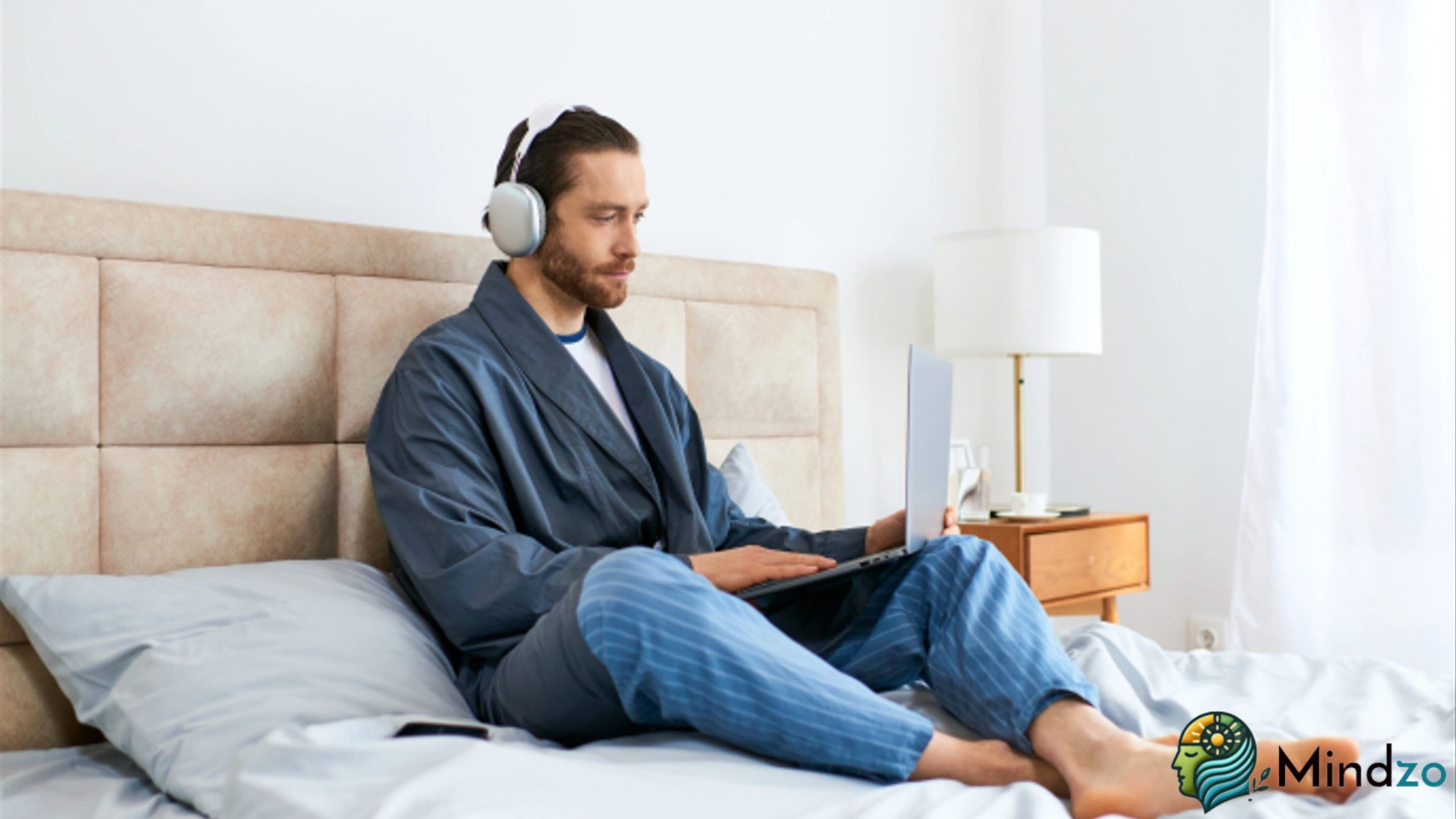Yoga Rituals for Depression: Transforming Mood

Depression has reached alarming levels all over the world. Recent data shows that depression rates among young adults under 30 have doubled since 2017, rising from 13% to nearly 27% in 2025. Overall, more than 1 in 8 persons aged 12 and older now experience symptoms of depression-nearly double the rate from just a decade ago. As these numbers continue to climb, many are searching for effective, accessible tools to manage their mental health alongside traditional treatments.
Enter yoga-an ancient practice that modern science is validating as a powerful complementary approach to depression treatment. Research shows that an 10-week yoga program can result in statistically and clinically significant reductions in depression severity for adults with mild-to-moderate major depression. Unlike quick fixes or medications with side effects, yoga offers a holistic approach that addresses depression through the interconnected pathways of body, breath, and mind.
Understanding Depression in Modern World
Before exploring yoga’s therapeutic benefits, it’s important to understand what we’re addressing. Depression isn’t simply feeling sad – it’s a complex mental health condition that affects how you think, feel and function in daily life. Symptoms can include persistent sadness, loss of interest in activities, changes in appetite or sleep, fatigue, difficulty concentrating and feelings of worthlessness or hopelessness.
Mental health disorders rank among the top five most costly conditions, alongside heart disease and cancer. The economic and personal costs are staggering, affecting relationships, careers and overall quality of life. While traditional treatments like therapy and medication remain important, many are seeking complementary approaches that empower them to actively participate in their healing journey.
The Science Behind Yoga and Depression
Why does yoga work for depression? The answer lies in its unique ability to target multiple systems involved in mood regulation simultaneously.
Neurobiological Effects: Research demonstrates that yoga influences brain chemistry in ways that directly counter depressive symptoms. Regular practice increases levels of GABA (gamma-aminobutyric acid), a neurotransmitter that promotes calm and reduces anxiety. It also affects serotonin production and reduces cortisol, the stress hormone that’s often elevated in depression.
Nervous System Regulation: Depression often involves dysregulation of the autonomic nervous system, with an overactive sympathetic (fight-or-flight) response. Yoga’s combination of movement, breath work and mindfulness activates the parasympathetic (rest-and-digest) system, helping restore balance and reducing the physical symptoms of depression like tension, fatigue and sleep disturbances.
Mind-Body Connection: Depression can create a disconnection from physical sensations and bodily needs. Yoga rebuilds this connection through what researchers call “interoceptive awareness” – the ability to sense what’s happening inside your body. This renewed body awareness helps interrupt negative thought patterns and grounds you in the present moment.
Evidence-Based Poses for Depression Relief
Not all yoga poses are created equal when it comes to depression. Research and clinical experience have identified specific postures that are particularly beneficial for mood regulation.
Gentle Backbends: Opening the Heart
Depression often manifests physically as a collapsed chest and rounded shoulders-the literal posture of dejection. Gentle backbends counter this pattern by opening the chest, improving breathing capacity, and creating an uplifted physical state that influences mood.
Bridge Pose (Setu Bandhasana): Lie flat on your back with your knees bent and feet resting flat on the floor, hip-width apart Press through your feet to lift your hips, opening the chest and throat. This accessible backbend energizes while remaining grounding and safe for beginners.
Cobra Pose (Bhujangasana): From lying face-down, press your palms beside your chest to lift your upper body gently. This pose strengthens the back while opening the heart, countering the forward-slumping tendency of depression.
Camel Pose (Ustrasana): For those ready for deeper work, kneeling and arching backward opens the entire front body. This more intense backbend can release stored emotions and create feelings of courage and vulnerability.
Inversions: Shifting Perspective
Inversions literally turn your world upside down, offering both physical and psychological benefits. They increase blood flow to the brain, shift your literal perspective, and can interrupt negative thought patterns.
Legs-Up-the-Wall (Viparita Karani): The most accessible inversion involves simply lying with your legs extended up a wall. This gentle pose calms the nervous system while providing inversion benefits without strain.
Downward-Facing Dog (Adho Mukha Svanasana): This fundamental pose is a mild inversion that energizes while building strength. The position calms the brain and relieves stress while stretching the entire body.
Shoulder Stand (Salamba Sarvangasana): For experienced practitioners, this classic inversion stimulates the thyroid and deeply calms the nervous system. Always practice under guidance if you’re new to inversions.
Forward Folds: Turning Inward Safely
While depression involves too much inward focus, forward folds offer healthy introspection – a chance to rest, restore and process emotions in a contained, supportive way.
Standing Forward Fold (Uttanasana): Let your upper body hang from your hips, releasing tension in the back and neck. This pose calms the brain and relieves mild depression by promoting blood flow and relaxation.
Seated Forward Bend (Paschimottanasana): Sitting with legs extended, fold forward from the hips. This calming pose stretches the spine while creating a sense of safety and introversion that can facilitate emotional processing.
Child’s Pose (Balasana): The ultimate resting pose, this gentle forward fold provides comfort and security. It’s a safe space to retreat when emotions feel overwhelming during practice.
Grounding Poses: Finding Stability
Depression can create feelings of instability and disconnection. Grounding poses reconnect you with the earth and your body, fostering feelings of safety and presence.
Mountain Pose (Tadasana): Stand with feet firmly planted, feeling the connection between your body and the ground. This foundational pose builds awareness and presence while appearing deceptively simple.
Warrior Poses (Virabhadrasana I, II, III): These strength-building poses cultivate courage, determination and power-qualities that directly counter the helplessness often felt in depression.
Tree Pose (Vrksasana): Balancing on one foot while the other rests on your inner leg teaches focus and steadiness. The concentration required interrupts rumination while building confidence.
Breathwork: Your Most Accessible Tool
If you remember nothing else from this article, remember this: controlled breathing is one of the most powerful and immediately accessible tools for managing depression. You can practice breathwork anywhere, anytime, without a yoga mat or special clothing.
Three-Part Breath (Dirga Pranayama)
This foundational breathing technique teaches full, complete breaths that counter the shallow breathing pattern common in depression and anxiety.
Sit comfortably and place one hand on your belly, one on your chest. Inhale slowly, first filling the belly, then the ribcage, then the upper chest. Exhale in reverse order. Practice for 5-10 minutes daily. This simple technique activates the parasympathetic nervous system, signaling safety to your brain.
Alternate Nostril Breathing (Nadi Shodhana)
This balancing breath harmonizes the left and right hemispheres of the brain while calming the nervous system.
Using your right hand, close your right nostril with your thumb and inhale through the left. Close the left nostril with your ring finger, release the right, and exhale. Inhale right, switch, exhale left. Continue for several minutes. This practice is particularly effective for anxiety that often accompanies depression.
Extended Exhalation
Research shows that lengthening your exhale compared to your inhale activates the vagus nerve, promoting calm and reducing stress hormones.
Inhale for a count of four, exhale for a count of six or eight. Gradually increase the length as comfortable. Practice this whenever you notice anxiety, restlessness, or negative thought spirals beginning.
Bee Breath (Bhramari Pranayama)
This humming breath creates internal vibrations that calm the mind and reduce rumination.
Close your eyes and ears with your fingers.Inhale deeply through your nose, then exhale slowly while producing a humming sound similar to a bee’s buzz. The vibration soothes the nervous system and interrupts negative thinking patterns. This technique is especially helpful when intrusive thoughts feel overwhelming.
Mindfulness and Meditation: Changing Your Relationship with Thoughts
Depression often involves harsh self-criticism and rumination-repetitive negative thinking that keeps you stuck. The mindfulness component of yoga teaches you to observe thoughts without being consumed by them.
Body Scan Meditation
This practice rebuilds connection with physical sensations, which is often lost in depression. Lying down, systematically brings awareness to each body part from toes to head, simply noticing sensations without judgment. This 10-20 minute practice grounds you in the present moment and reduces rumination.
Loving-Kindness Meditation (Metta)
Depression involves harsh internal dialogue. This practice cultivates self-compassion by repeating phrases like “May I be happy, may I be healthy, may I be at peace.” Starting with yourself, then extending to others, this meditation counters the negative self-talk that fuels depression.
Yoga Nidra (Yogic Sleep)
This guided relaxation practice induces deep rest while maintaining awareness. Studies show it’s effective for depression, anxiety, and insomnia. Practiced lying down with guidance (available through apps or videos), yoga nidra provides profound restoration without requiring any physical ability.
Creating Your Personal Anti-Depression Practice
Research shows that consistency matters more than duration. A 15-minute daily practice provides more benefits than a weekly 90-minute class, though both have value.
Starting Simple: Begin with just 10 minutes daily. Choose two or three poses, five minutes of breathwork and a short meditation. The key is sustainability – don’t overwhelm yourself with complex routines.
Morning vs Evening: Morning practice can set a positive tone for the day and counteract the early-morning depression many people experience. Evening practice aids sleep and processes the day’s stress. Experiment to find what works for you.
Tracking Progress: Keep a simple journal noting your mood before and after practice. This concrete evidence of yoga’s benefits can motivate you during difficult times when motivation is naturally low.
Patience with the Process: Research typically shows significant improvements after 8 weeks of regular practice, but some people notice benefits sooner. Give yourself permission to start small and build gradually.
When to Seek Additional Support
Yoga is a powerful tool, but it’s not a replacement for professional mental healthcare when needed. Research supports yoga as an ancillary treatment option for patients with depressive disorders-meaning it works best alongside other treatments when depression is moderate to severe.
Seek professional help if you experience:
- Thoughts of self-harm or suicide
- Inability to perform daily activities
- Severe symptoms lasting more than two weeks
- Symptoms that worsen despite self-care efforts
Many therapists now integrate yoga and mindfulness into treatment plans, recognizing the value of combining approaches.
Overcoming Common Obstacles
“I’m too depressed to practice”: Start impossibly small. Lie on your mat and breathe for five minutes. Do one pose. Something is always better than nothing, and small starts build momentum.
“I’m not flexible enough”: Yoga isn’t about flexibility-it’s about awareness. Modifications and props make every pose accessible. Your tight muscles need yoga more, not less.
“I can’t afford classes”: Countless free yoga videos specifically designed for depression and anxiety are available online. Start with these resources before investing in classes.
“I don’t have energy”: Choose gentle, restorative practices on low-energy days. The goal isn’t athletic achievement-it’s showing up for yourself.
The Path Forward
Depression rates continue to rise, but so does our understanding of effective interventions. Yoga offers a scientifically-supported, accessible, and empowering tool that puts healing power directly in your hands-or rather, on your mat.
The practice doesn’t promise to cure depression, but research shows it can significantly reduce symptoms, improve quality of life and provide lasting benefits that extend well beyond the time spent practicing. For millions struggling with depression, yoga represents a beacon of hope-a way to actively participate in their healing while building strength, awareness, and resilience.
Your journey doesn’t require perfect poses or extensive experience. It requires only willingness to show up for yourself, breathe consciously, move mindfully and trust in the process that has helped countless others find relief from depression’s grip.
The mat is waiting. Your breath is ready. Your healing can begin today.
Resources:
-
 Beyond Words: The Emotional Medicine of a Simple HugOctober 27, 2025
Beyond Words: The Emotional Medicine of a Simple HugOctober 27, 2025 -
 Music’s Unique Therapeutic BenefitsOctober 23, 2025
Music’s Unique Therapeutic BenefitsOctober 23, 2025

Leave a Reply